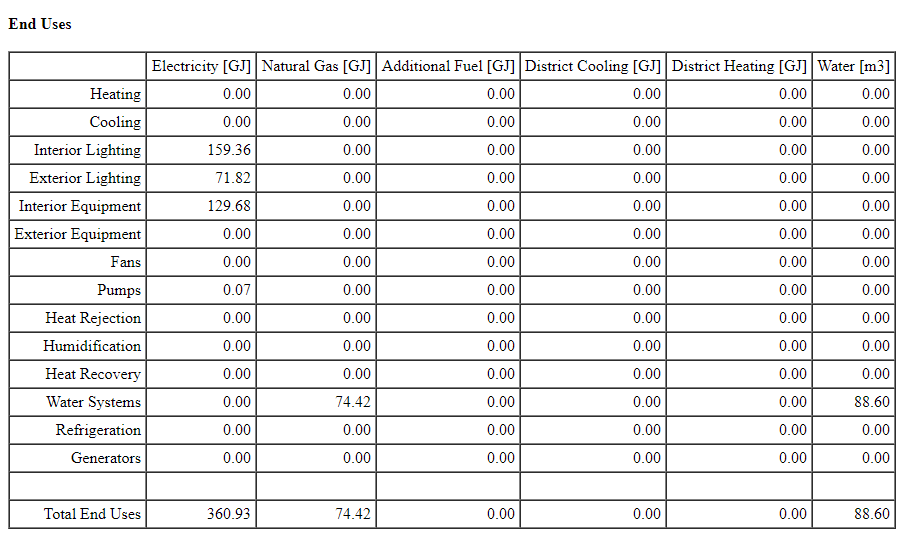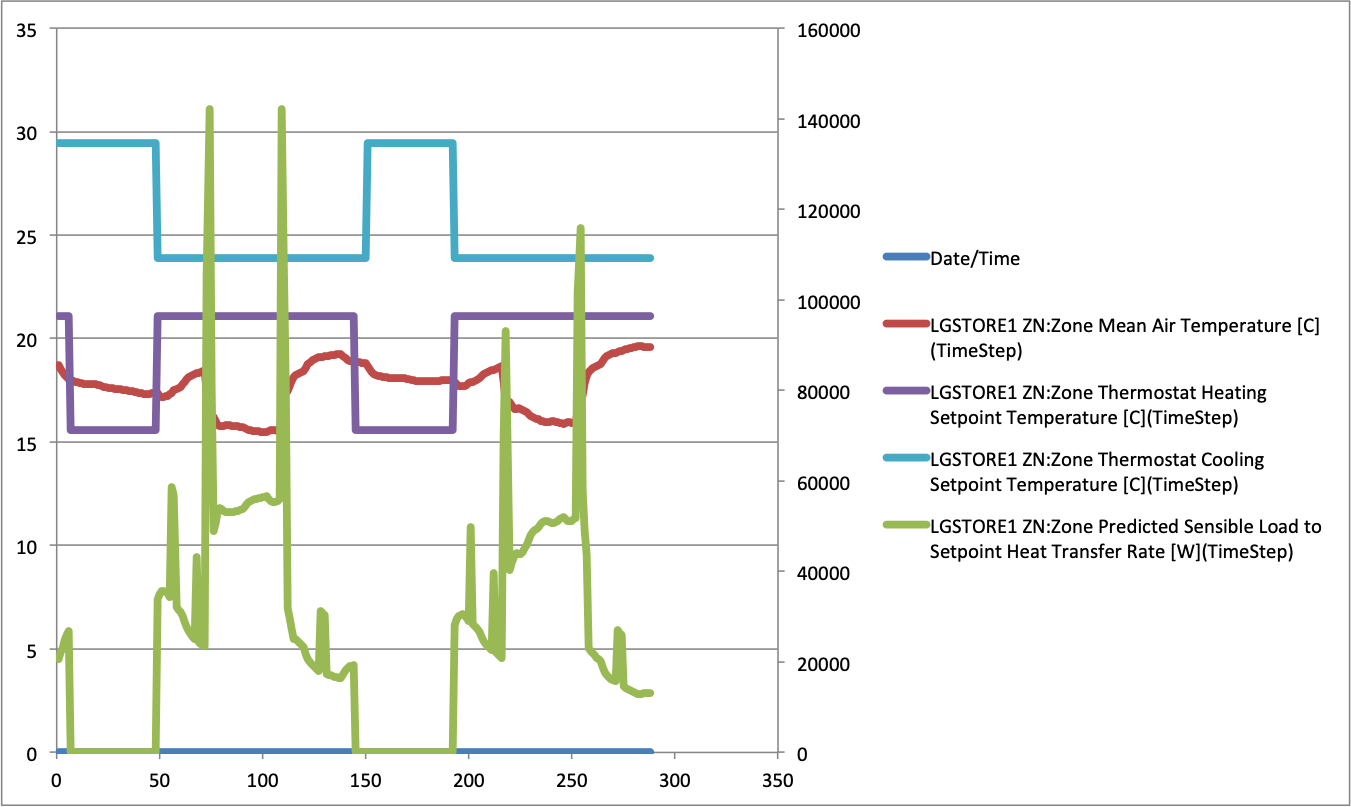Model using Zero Heating and Cooling
I have a building model with HVAC equipment in it, thermostats, etc. The problem I'm having is zero energy is being used for heating and cooling in the building, as in none of the equipment is ever turning on. The really weird thing though is there are absolutely no warnings generated about it.

Program Version,EnergyPlus, Version 9.0.1-bb7ca4f0da, YMD=2019.02.04 15:04,
************* Beginning Zone Sizing Calculations
************* Beginning System Sizing Calculations
************* Beginning Plant Sizing Calculations
************* Testing Individual Branch Integrity
************* All Branches passed integrity testing
************* Testing Individual Supply Air Path Integrity
************* All Supply Air Paths passed integrity testing
************* Testing Individual Return Air Path Integrity
************* All Return Air Paths passed integrity testing
************* No node connection errors were found.
************* Beginning Simulation
************* Simulation Error Summary *************
************* EnergyPlus Warmup Error Summary. During Warmup: 0 Warning; 0 Severe Errors.
************* EnergyPlus Sizing Error Summary. During Sizing: 0 Warning; 0 Severe Errors.
************* EnergyPlus Completed Successfully-- 0 Warning; 0 Severe Errors; Elapsed Time=00hr 01min 37.26sec
I tried looking at setpoints, availability schedules, run period, thermostats exist, etc. I have no idea what I did wrong. Any ideas? Here is a google drive link to the idf file.





